Mastering the Irix 150mm Macro lens
In addition to the full text in English, there are also downloadable versions below:
- French: IRIX BLOG ARTICLE 1 – P Escoubas
It all started in 2019: as I was visiting the Paris photo fair, looking for sponsors to support upcoming macro workshops and scientific expeditions. I walked by the IRIX booth, thought “why not go and talk to them ?”, approached the staff, pulled out a tablet with my macrophoto portfolio and… the rest is history!
The following February a parcel was delivered at my door on the French Riviera, with a loan unit of the 150mm Dragonfly f/2.8 macro lens for evaluation. I eagerly mounted it on my Nikon D800e DSLR and went out for a quick test. Not satisfied with my first results, I decided to embark on a more ambitious testing journey, to fully evaluate the lens capabilities, taking it through different scenarios in the field.
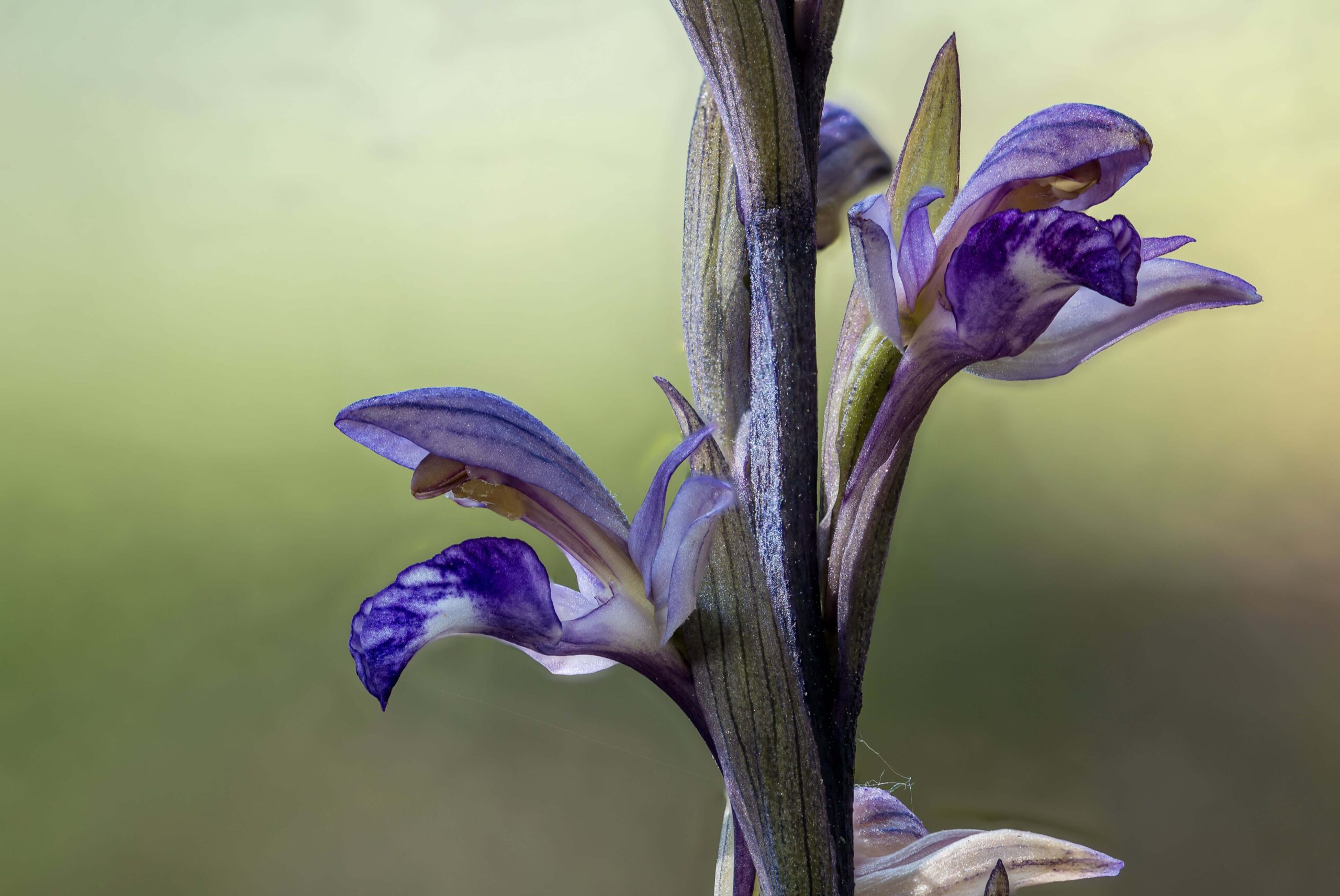
Then something unexpected happened when the COVID-19 hit France and we went into lockdown just as the macro season was starting. I could not access my usual macro spots nor carry out my testing plan, so decided to make use of the patch of forest across the road and work instead on our local wild orchids. From January to May close to 15 species bloom next to my house so I made the best of the situation by simply walking a few hundred meters to find my subjects.
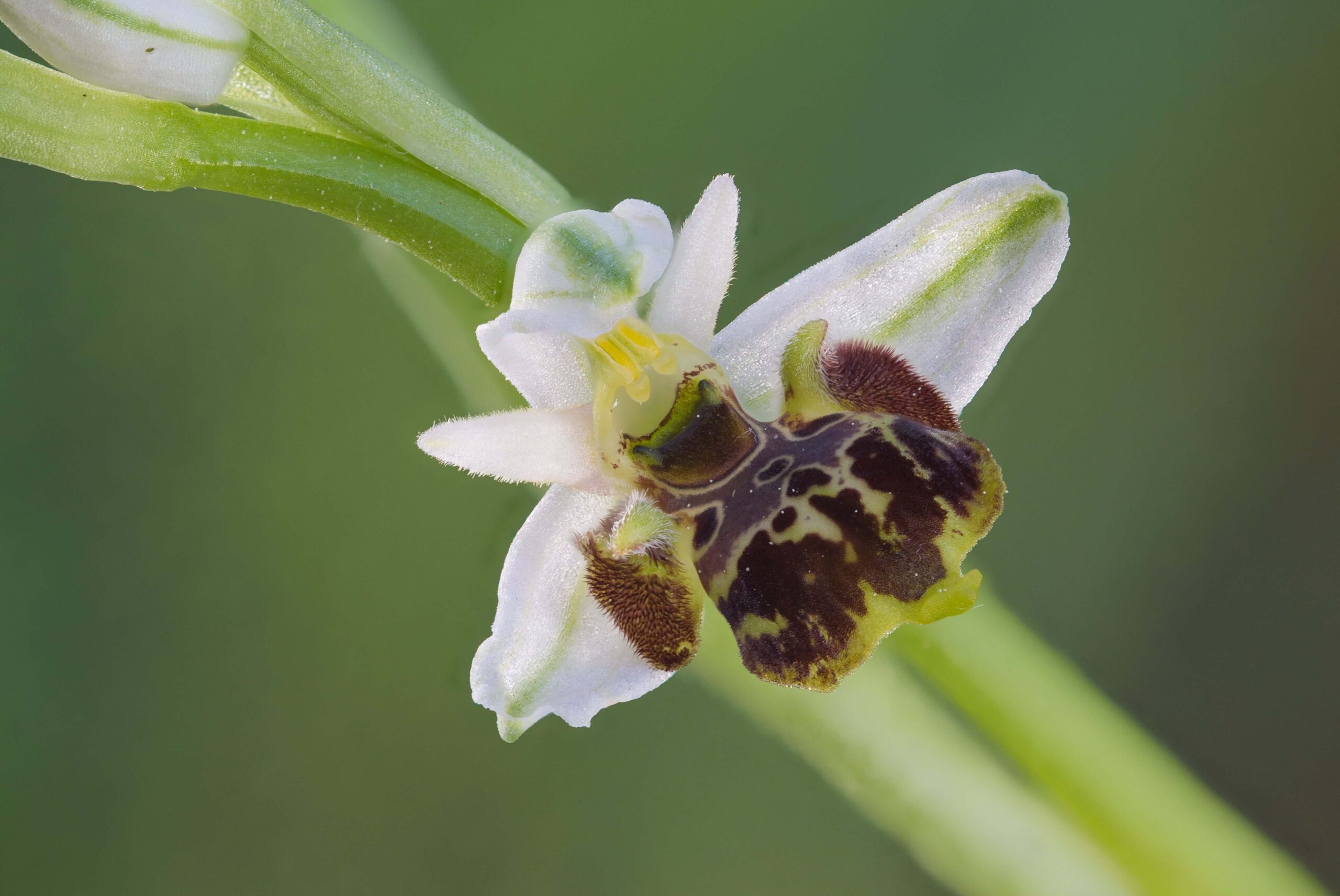
This quickly became one of my favorite use scenarios with the Irix 150mm. I did an extensive amount of focus stacking work and I was literally blown away by the quality of the resulting images! Anywhere from 20 to 50 stacked shots delivered brilliant images of the orchids, with beautiful colors and stunning sharpness. I had found one of the best uses for the lens due to its extraordinarily precise focusing ring! And the 150mm focal length proved ideal to isolate my subjects from their background, often very close to the flowers.
When the lockdown was eventually lifted in April, I could again travel freely to all my macro spots in the backcountry of the French Riviera. The macro season was well under way and my next goal was to try and get nice pictures of dragonflies and damselflies to test the Irix lens for proxyphotography in natural light. There again I was not at first entirely satisfied with my images, too many of them being out of focus. But something else happened that changed everything: before lockdown I had invested in a Nikon Z6 kit for video work, so I started using it with the 150mm macro instead of my DSLR and the combo really delivered! Using focus peaking with the mirrorless camera allowed me to easily achieve perfect focus and the lens consistently yielded great pictures.
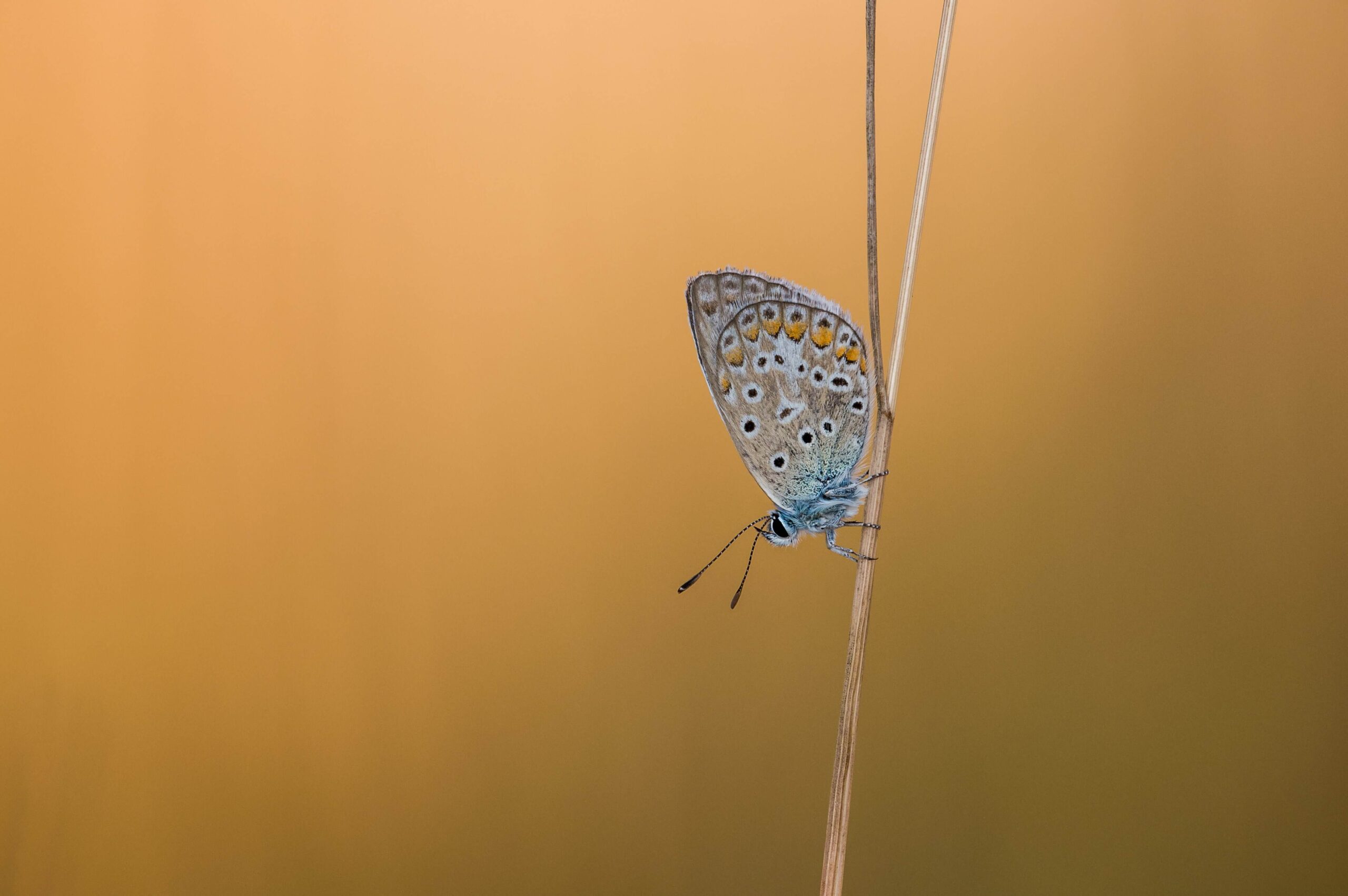
Another project for 2020 was to develop macrovideography. Not an easy endeavor as it is even more technically challenging than macrophotography. Initial attempts to film video clips of insects with my Nikon or Laowa macro lenses were not that successful, but when I switched to the Irix 150mm macro, I managed to get much better results. That was clearly linked to extremely precise focusing ability of the lens which allowed me not only to finely target the part of the insect that I wanted in focus but also to keep moving insects in the focus plane with a small manual rotation of the focusing ring.
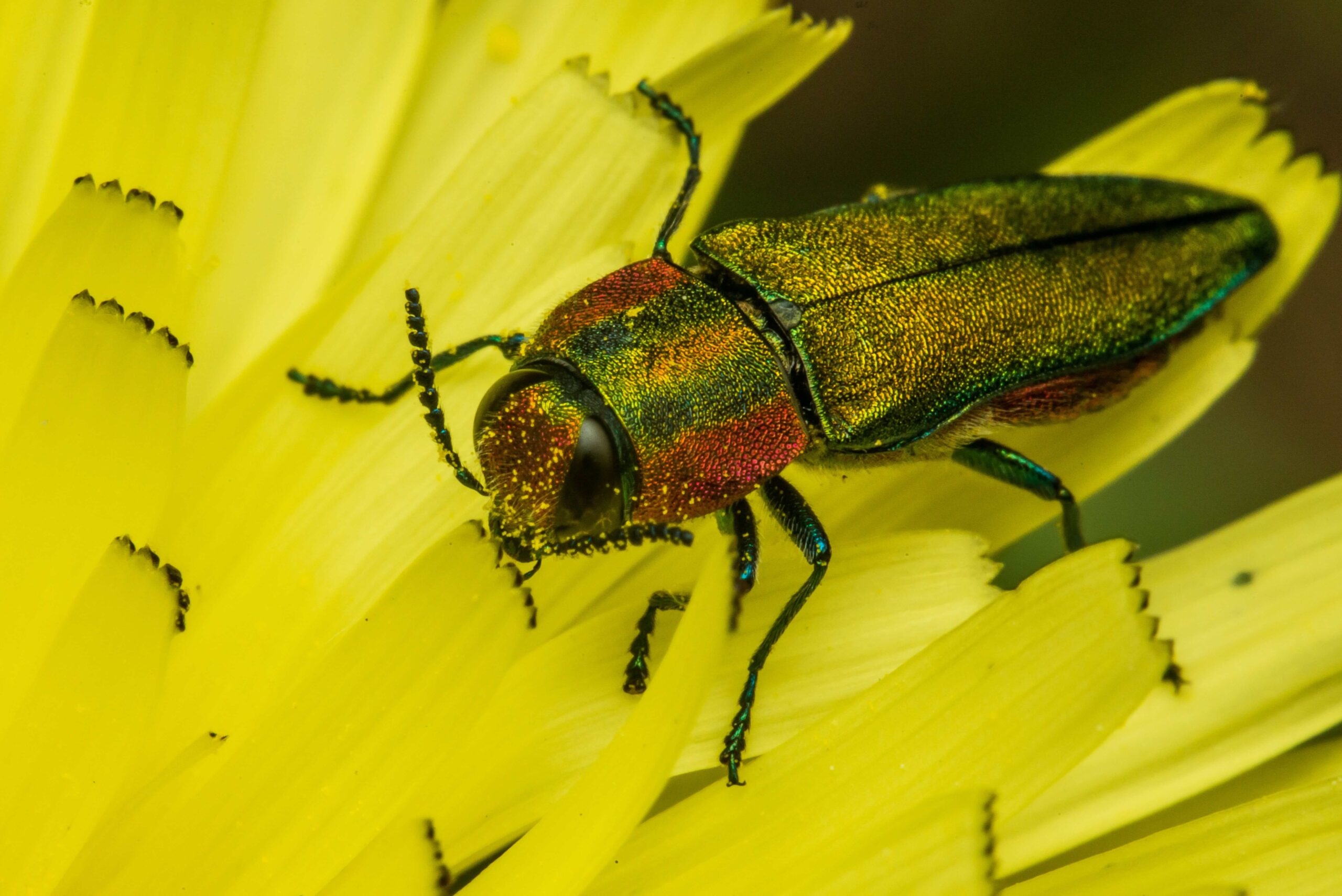
So how do I plan my macro outings and what do I carry ? I like to walk freely in nature, keeping an eye out for interesting subjects because at any time I might encounter a flower, insect or spider that I have never found before. However, I often try to set a goal for my outing, and concentrate on a given subject or technical issue. For example I might visit specific spots for dragonflies, orchids or cuckoo wasps, or set out to test a particular lens or macro technique. As a consequence the contents of my bag varies slightly but in general for full-day outings I use a hiking backpack with a photo insert. That lets me carry my photo gear and also food, water, a rain jacket etc. As a minimal setup, I will usually take only one camera body with one or two lenses, a flash, my DIY macro diffuser and reflectors, a bean bag and spare batteries. Videography this year also involved LED lights, magic arms, a sturdy tripod and more batteries, which often made my backpack weight 10 Kg or more!
At the end of the 2020 season I had taken more than 10,000 images and many hours of video with the Irix lens and could not have been happier with the results. Although its use definitely involved a learning curve at the very beginning, the Irix 150mm has become a permanent part of my toolset, particularly for proxyphoto, and the only lens I now use for macrovideo.
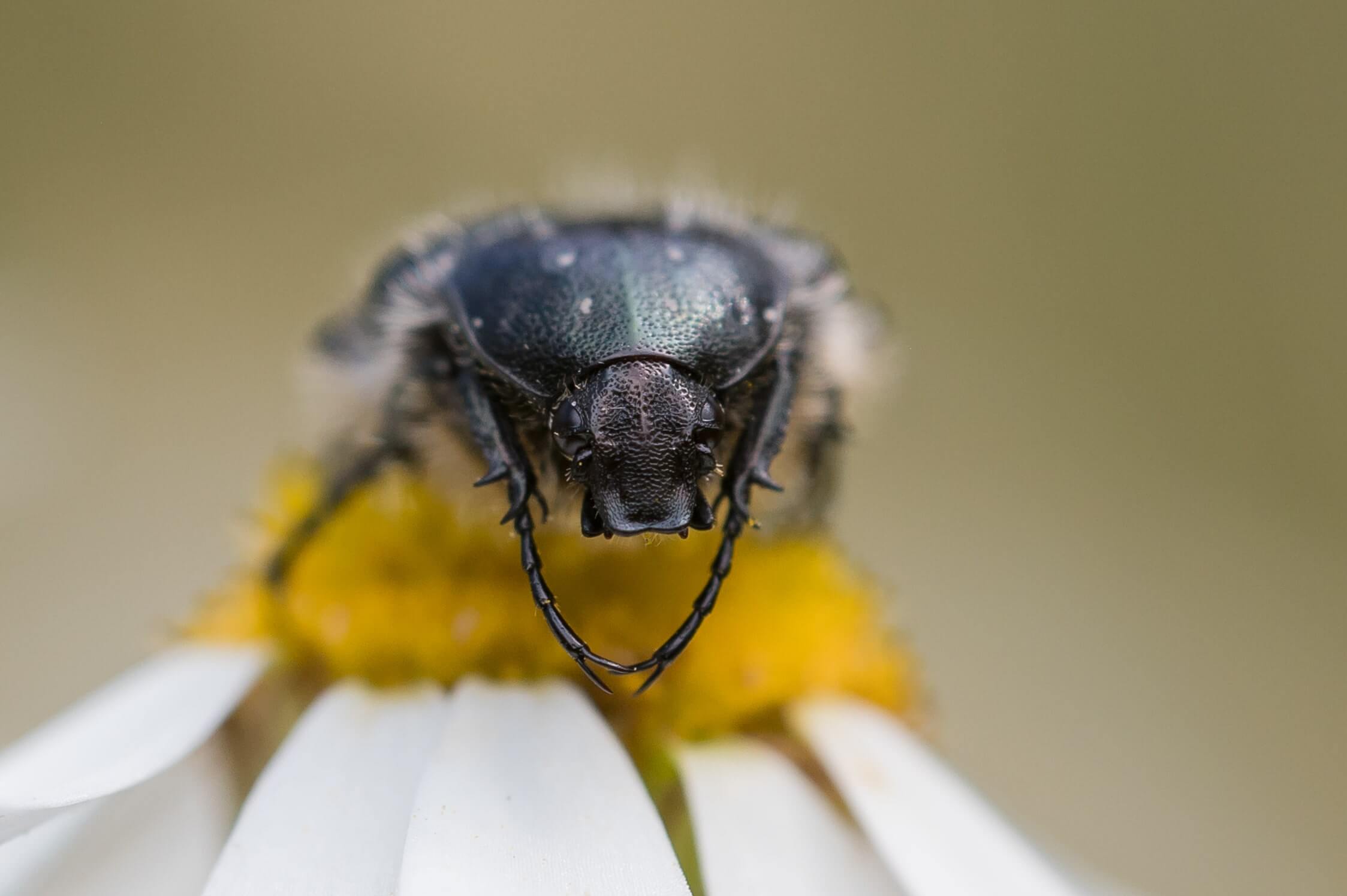
Thank you Irix for the wonderful experience!
Pierre Escoubas, Irix Lens Ambassador
IG: @riviera_macro
FB: @Pierre Escoubas
